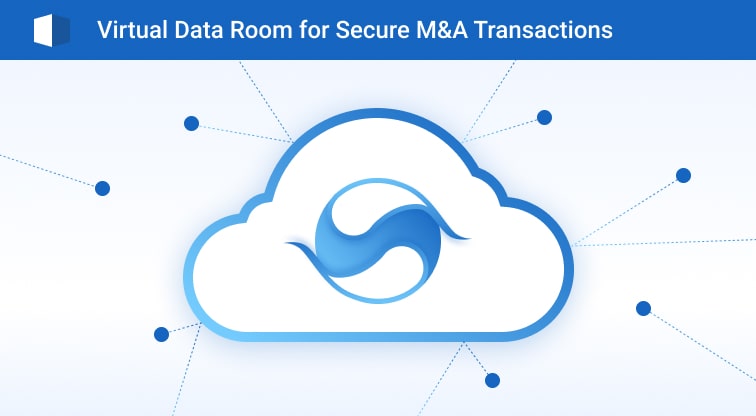Typically, a client chooses between three packages of services based on what they want and their budget. The average cost is $99 per calendar month. This price includes basic options and a quality grade of service in technical terms. Vendors offering discounts for deals longer than three months are iDeals, Firmex, and SecureDocs. There are virtual data rooms for which a customer pays over $1,000. The following VDR providers are considered expensive: Intralinks, DealRoom, and Merrill Datasite. The charge is not always a fixed payment. One factor that influences the charges may be the number of folders uploaded and authorized users.
Compare the prices of data room providers
As there are multiple virtual data room pricing structures, tariff plans vary widely. User fees vary greatly. They can start as low as $0.40 per page, but go as high as thousands of dollars yearly for advanced virtual data rooms.
To be more specific, let’s look at how much modern virtual data rooms charge for their services.
For more details, you can read the pricing policy on the profiles of data room providers.
| VDR providers | Best for | Pricing plan | Data storage capacity | Clients business size | Price |
|---|---|---|---|---|---|
| iDeals | All industries, M&A, Due Diligence | Per month | Up to 1TB | S, M, L, Freelance | Not provided Get Pricing Details |
| WatchDox | Real Estate, Legal | Per user, per month | – | S, M, L | From $15/month |
| Merrill Datasite | Finance, M&A | – | 50GB | M, L | Not provided |
| Intralinks | M&A | – | – | L | Not provided |
| Citrix | All industries | Per month, Annualy | 500MB – Unlimited | S, M | From $375/month |
| Firmex | All industries | Per month | – | S, M | Not provided |
| Digify | All industries | Per month | 100GB per user | S, M, L | From $99/month |
| DealVDR | Finance | Per month | Up to 2 gigabytes | S, M, L | Not provided |
| Onehub | All industries | Per month, per team | 5GB | S, M, L, Freelance | From $375/month |
| DealRoom | M&A, Corp Dev, Investment Banking, Finance, Tech, Legal | Per month | – | M, L | From $1250/month |
| Clinked | All industries | Per month | – | S, M, L | From $99/month |
| Ansarada | All industries | Quarter-based | – | S, M, L, Freelance | From $499/month |
| Box | All industries | Per month | 5GB | S | From $20/month |
| SecureDocs | Finance, Tech, Legal, Life Science | Per data room, per month | – | S, M, L | From $400/month |
| EthosData | Investment banks, Law firms, PE&VC, Corporations, SME’s, Start-ups | Per month | – | S, M, L | From $199/month |
| ShareVault | Accounting, Legal, Finance, Healthcare | Per month | – | M, L, Freelance | Not provided |
| CapLinked | Finance, Legal, Natural Resources, Life Science, Mining, Private Equity | Per month | 5GB – Unlimited | S, M | From $299 |
| DocSend | Real Estate, Brokers | Per month | – | S, M, L | From $15/month |
| Donnelley Venue | Finance | – | – | M, L | Not provided |
| Vault Rooms | All industries | Per month | – | S, M | From $9.99/month |
| Open Source CM | Real Estate, Brokers | Per month | – | S, M, L | From $6000/month |
| Drooms | Real Estate, Legal | Quarter-based | – | S, M, L | From €12.90/month |
| ForData | All industries | Per month | Unlimited | S, M, L | From €159.2/month |
| Brainloop | European market | – | – | S, M | Not provided |
| Imprima | M&A, Real Estate, Energy, NPL, Corporate Repository | Quarter-based | – | M, L | Not provided |
| SmartRoom | All industries | Per month | – | S, M, L | Not provided |
| Sterling | All industries | Per employee, per month | 5TB online storage – Unlimited in premium | M, L | Not provided |
| Admincontrol | All industries | Per month | 1500 MB | S, M, L | From $250/month |
| HighQ | Boutique banks, Law firms, Investment banks, Corporation | Quarter-based | – | S, M | Not provided |
| DataRooms | All industries | Per month | 10GB – 250GB | M, L | From $299/month |
| idrShare | All industries | Per month | 10GB – 250GB | S | From $200/month |
| DataroomX | All industries | Per month, per team | – | S, M | Not provided |
| Multipartner | All industries | Annual Subscription, Quarter-based | 25GB – 5TB | S, M | Not provided |
